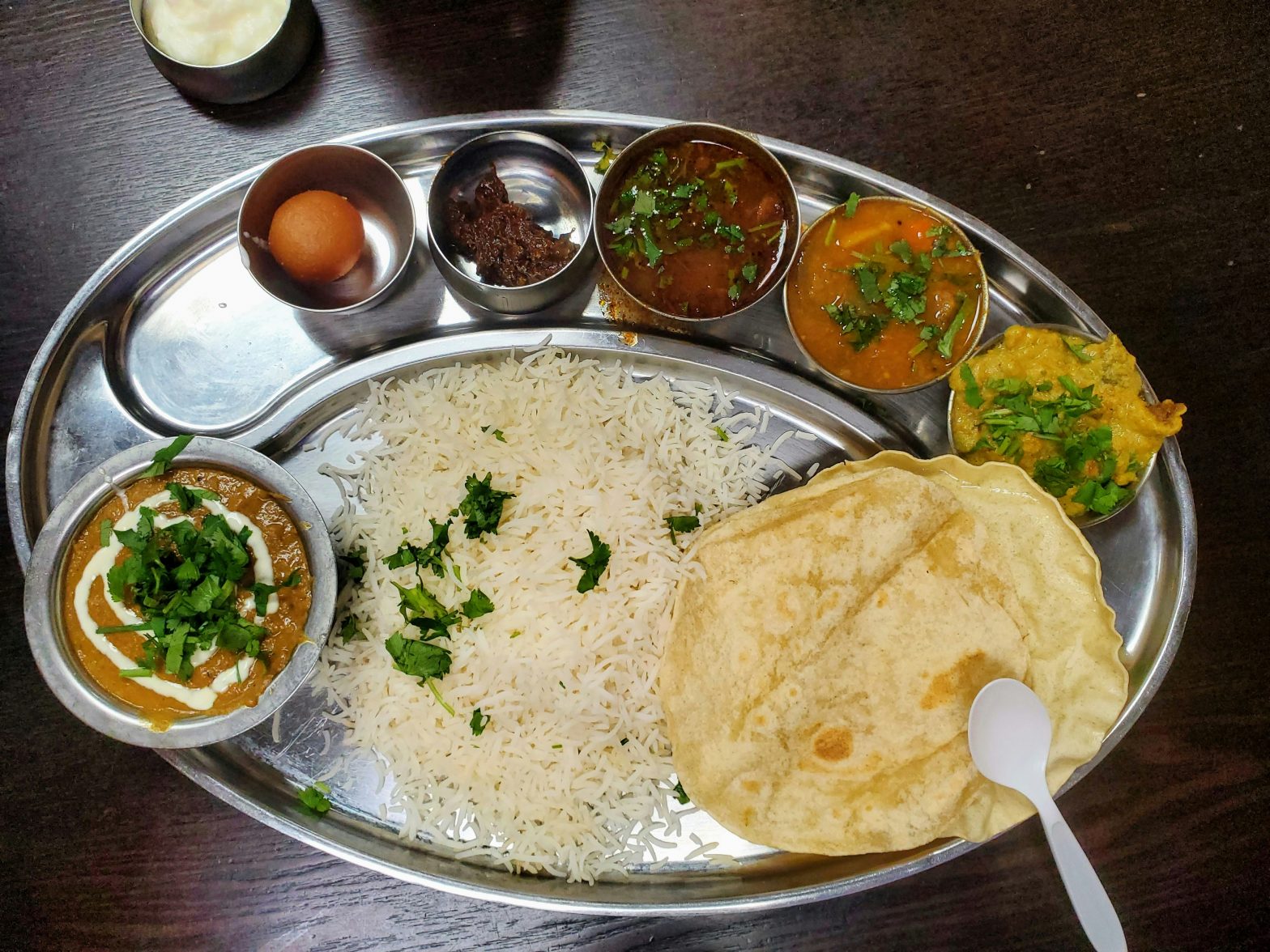India is emerging as a global leader in sustainable food practices, according to the WWF’s 2024 Living Planet Report.
As the world grapples with a climate crisis, India’s plant-based diet and focus on traditional crops like millets could serve as a model for nations striving to balance nutrition and environmental sustainability.
India’s Dietary Model: A Blueprint for the World
With the global food system responsible for significant environment degradation-ranging from biodiversity loss to freshwater depletion-there’s an urgent need for nations to reassess their consumption habits. The WWF’s report highlights a potential solution in India’s traditional food practices.
According to the report, if the world followed India’s consumption patterns, we would only require 0.84 of an Earth by 2050 to sustain global food production. This remarkable recognition showcases the potential of India’s food systems in addressing the dual challenges of feeding the world and protecting the environment.
India’s Food Practices: A Sustainable Blueprint for the World
India’s largely plant-based diet, which emphasizes grains, pulses, and vegetables, is less resource-intensive than heavy diets in animal products. The WWF report underscores that this sustainable food model could dramatically reduce the global demand for resources. Notably, the report reveals that by adopting India’s food practices, the world could avoid a significant portion of greenhouse gas emissions, thus contributing to global climate goals.
Central to India’s sustainable food practices is the promotion of millet, an ancient grain that the Indian government has rebranded as “Shree Anna” for its remarkable nutritional and environmental benefits.
Millets are now at the forefront of India’s sustainability agenda, with initiatives like the National Millet Campaign and the government’s partnership with the United Nations, who declared 2023 the International Year of Millets.
Millets: A Pillar of India’s Nutritional and Environmental Strategy
Millets are not only nutritionally dense but also highly sustainable, requiring minimal water and land to cultivate. The Indian government has aggressively promoted these grains through initiatives such as:
Centre of Excellence: The Indian Institute of Millets Research in Hyderabad shares research and best practices worldwide.
Global Promotion Initiatives: Events like the G20 Millet Culinary Carnivals and ASEAN India Millet Festivals have placed millets on the global stage.
Production Linked Incentive Scheme: A ₹800 crore scheme supports millet-based products, boosting production and consumption from 2022-2027.
Millets have also been integrated into government nutrition programs like the Poshan Abhiyan and are now a staple in the Eat Right Campaign, which promotes them as a healthy, environmentally friendly choice. These efforts demonstrate India’s commitment to improving nutritional security while protecting its natural resources.
Sustainable Agriculture: India’s Holistic Approach
Beyond millets, India has implemented numerous initiatives to promote sustainable agriculture. The National Mission for Sustainable Agriculture (NMSA) focuses on building climate resilience through programs like Rainfed Area Development and Soil Health Management. Meanwhile, the Jaivik-Kheti Portal connects over 6 lakh organic farmers with consumers, promoting environmentally friendly farming practices.
Other initiatives include the Namami Gange Programme, which combines sustainable agriculture with efforts to rejuvenate the Ganga River, and the Parampragat Krishi Vikas Yojana, which supports organic farming clusters across states. These programs illustrate India’s holistic approach to farming, which integrates ecological protection with economic development.
India’s investment in climate-resilient farming, including the development of over 2,000 crop varieties resistant to climate stress, and the certification of regions like Ladakh and Lakshadweep as fully organic, shows how the nation is leading the way in developing sustainable agricultural practices.
Global Food System at Crossroads
The WWF report warns that the global food system, responsible for 40% of all habitable land use and over a quarter of greenhouse gas emissions, is the leading driver of habitat loss and biodiversity decline. Livestock grazing alone uses 71% of global agricultural land, contributing to a sharp decline in crop diversity. This unsustainable model puts global food security and the health of the planet at risk, with food waste, water depletion, and overexploitation of fisheries compounding the crisis.
Yet, India’s example offers a pathway forward. By shifting toward more sustainable food production practices and promoting the consumption of resilient, eco-friendly crops like millet, the global food system can begin to reverse its destructive trajectory.
India’s Leadership in Global Sustainability
India’s recognition as a global leader in sustainable food systems is not only a testament to its rich agricultural traditions but also to its forward-looking policies aimed at reducing environmental impact. As the world grapples with the need to reform food production, India stands out as an exemplar of how traditional knowledge and modern policy can combine to create a healthier, more resilient planet.
The WWF Living Planet Report 2024 commends India’s efforts, noting that by embracing culturally grounded diets and reintroducing traditional foods, India is promoting both nutritional security and biodiversity. As other nations look to India’s example, the future of food systems may very well be rooted in the lessons of India’s past.
